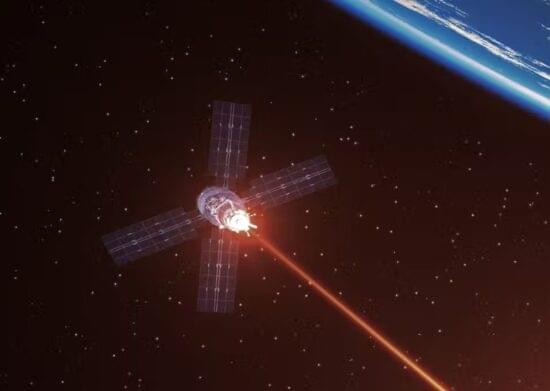
“In light of significant efforts being taken toward manned deep space exploration, it is of high technological importance and scientific interest to develop the lunar life support system for long-term exploration. Lunar in situ resource utilization offers a great opportunity to provide the material basis of life support for lunar habitation and traveling. Based on the analysis of the structure and composition, Chang’E-5 lunar soil sample has the potential for lunar solar energy conversion, i.e., extraterrestrial photosynthetic catalysts. By evaluating the performance of the Chang’E-5 lunar sample as photovoltaic-driven electrocatalyst, photocatalyst, and photothermal catalyst, full water splitting and CO2 conversion are able to be achieved by solar energy, water, and lunar soil, with a range of target product for lunar life, including O2, H2, CH4, and CH3OH. Thus, we propose a potentially available extraterrestrial photosynthesis pathway on the moon, which will help us to achieve a “zero-energy consumption” extraterrestrial life support system.”
Chang’E-5 lunar soil was used as the lunar extraterrestrial photosynthetic catalyst for water splitting and CO2 conversion. Solar energy and water were converted into a wide range of valuable products for lunar life support, including O2, H2, CH4, and CH3OH. A “zero-energy consumption” extraterrestrial life support system was thus proposed.


















